A report made in 2019 from:
By Jane Goodall  - 29 Apr 2019 14:30:0 GMT
- 29 Apr 2019 14:30:0 GMT

Panthera tigris altaica; Credit: Shutterstock
We use the tiger (this is a prime Siberian example) to show up our
failure to conserve wild species, but while we monopolise all the food
that animals require, we could remember that it is not only their
conservation we urgently need to cover. It is also our own indulgences.
Dame Jane Goodall is responsible for many primate initiatives, but
here she switches to the main primate involved in our current problems –
ourselves. The food crises that beleaguer many nations is also
obviously close to her argument here, as we consider reducing meat
intake. Reducing the people who are doing the eating obviously has an
almost equal effect to reducing the intake!
Jane Goodall issued a stark warning on the effects of human population growth on the planet.
Dame Jane criticised the ‘absurdity of unlimited economic development on a planet of finite natural resources’.
In the last 50 years the global population has doubled to 7.8 billion
and is expected to increase to 11.2 billion by 2100 according to the
UN.
The message was delivered amidst global calls for people to have smaller families to halt the destruction of nature.
Delivering a video message to the Population Matters 2019 conference,
in London, Dame Jane said: “The fact that human populations are still
growing on this precious planet of ours is something everybody should be
aware of.
I would encourage every single conservation organisation, every
single government organisation to consider the absurdity of unlimited
economic development on a planet of finite natural resources.
“We can’t go on like this. We can’t push human population growth under the carpet.
Dame Jane said that empowering women and girls was key to addressing unsustainable population growth.
She said: “It’s been shown all around the world that as women’s education improves family size tends to drop.”
Population Matters campaigners are calling for action to reduce human
population growth by voluntary means to be included in the post-2020
Convention on Biodiversity.
Following an initial set of targets to be met by 2020, governments are now negotiating the next stage of the Convention’s work.
Dame Jane’s message was delivered at Population Matters 2019 where
the speakers included: environmentalist Jonathon Porritt; WWF director
of science Dr Mark Wright; and Dr Winnie Kiiru of Stop Ivory.
Porritt believes the post-2020 Convention on Biodiversity should
incorporate measures to end the crisis of unsustainable human population
growth.
Speaking ahead of Population Matters 2019 Jonathon Porritt OBE said: Over
the last fifty years, human population has doubled and wild animal
populations have halved - undoubtedly, if we'd taken steps to prevent
that population explosion then, biodiversity would be in a less perilous
state today.
We can no longer sit passively back, treating one of the
fundamental drivers of species loss as something over which we have no
control: we can't expect to add billions more humans to the planet and
arrest the sixth mass extinction.
Population Matters Director Robin Maynard said: “Grave news about the
biodiversity crisis is coming thick and fast, and studies, scientists
and conservationists are now increasingly willing to identify human
population growth as one of its key drivers.
It’s time for population to assume its proper place in the extinction debate and, most importantly, among its solutions.
Report from the Conference in 2019:
Population Matters’ public conference in London on 27 April 2019 left
attendees feeling enlightened and inspired. Following a successful first
conference last year on human population and climate change,
this year’s theme was the crucial link between population growth and
biodiversity loss. With an incredibly knowledgeable international panel
of speakers from diverse backgrounds, it was a fantastic event that
highlighted the interconnectedness of environmental and social issues
and the urgent need for the conservation community to address this.
Farming, elephants and educating girls
Philip Lymbery, CEO of
Compassion in World Farming, kicked off the presentations by talking
about the devastating impact of factory farming on wildlife. Philip
pointed out that humanity’s environmental footprint is hugely
exacerbated by our unsustainable numbers and food systems: for every one
billion additional people, 10 billion more farm animals are reared and
slaughtered every year.
Dr Edu Effiom, Director of Biodiversity at Nigeria’s Cross River
State Forestry Commission, presented her fascinating research on how
Nigeria’s rapid population expansion is increasing demand for bushmeat
and endangering key mammal species, in particular primates, which
provide criticial ecosystem services such as seed dispersal. Edu
emphasised the need to address both consumption and population in
conservation efforts and the importance in educating girls to bring down
high fertility rates in the Global South.
Next up we had Dr Mark Wright, Director of Science at WWF UK,
whose presentation ‘Population Does Matter’ gave a refreshingly
holistic overview of the extinction crisis. With WWF International’s Living Planet Report
repeatedly shying away from the issue of human population pressure, it
was great to see Mark speak about the need to address our numbers as
well as our consumption habits. His authoritative and impassioned
presentation highlighted the huge global inequality in our consumption
of resources and climate change emissions, with people in wealthy
countries having disproportionately large environmental footprints and a
corresponding responsibility to take action.
“The ‘population’ community and the ’consumption’ community have got to work together.” – Dr Mark Wright, WWF UK
Dr Winnie Kiiru, Senior Technical Adviser at the Elephant Protection Initiative
in Kenya, provided some grim statistics on the impact of the ivory
trade on African elephant numbers. While the situation for elephants
remains grave, she noted significant positive changes in the banning of
ivory in many markets, and how other pressures on elephants, including
high human population density in a number of their range countries, must
now be addressed.
Our Director Robin Maynard rounded off the presentations session by
providing a clear overview of the problem, opportunities, and key
solutions: education, family planning, women’s empowerment, poverty
alleviation and promoting smaller families. He highlighted the current
review of the Convention on Biological Diversity and the need to include
that kind of positive action to address population in its provisions.
Bella Lack’s moving speech
Our youngest conference speaker, 16-year-old environmental activist Bella Lack,
was sadly unable to attend the event in person but we were thrilled to
be able to share a recorded speech she sent us. An ambassador for the
Born Free Foundation and Jane Goodall Institute, Bella gave an
impassioned plea for our planet:
“For my generation, every moment of natural beauty is
overshadowed by the grim truth. The grim truth of apathy, of empty
commitments, of overconsumption and of decimation.” […] “Our leaders are
striving for economic growth, for reputation growth, and for population
growth, but they’re missing the point.” – Bella Lack
Bella’s speech was followed by a panel discussion, expertly
chaired by Population Matters Patron Sara Parkin. It was great to see so
much willingness to confront the facts about overpopulation and
overconsumption and all of our speakers emphasised the need for holistic
approaches and urgent action.
Robin concluded the conference by highlighting the progress being
made in recognition of the importance of population to biodiversity and
the need for future action. He thanked an enthusiastic audience for
their engagement.
"Earth is our home. Our mission - indeed our survival
- depends on altering our trajectory to live in harmony with the still
extraordinary diversity of life it supports, as well as our own."– Robin Maynard
Yet again the fate of our wonderful and only home is in our hands, let´s hope we don´t mess it up like it seems our ancient forefathers did. Yes it is everyone´s right to have children but there are stories of people having families with 21 kids in, come on, what is that all about? and giving tv interviews and appearing in the papers, can they not see what it will do in the future?
I know it is a very touchy subject to talk about but a necessary one nevertheless, if we don´t get it under control then we our world for our grandchildren and their grandchildren will be ruined. We are the first generation to know what a slippery slope we are on and therefore it is OUR responsibility to do something about it.
The blog song for today is " Never too late" by Elton John from the Lion King
TTFN

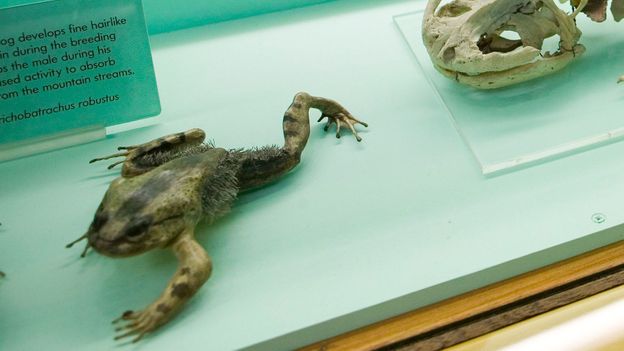
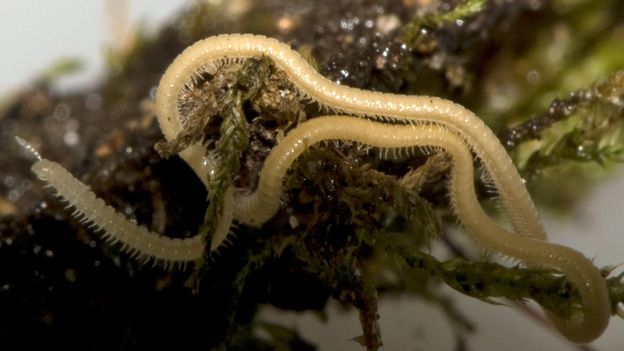
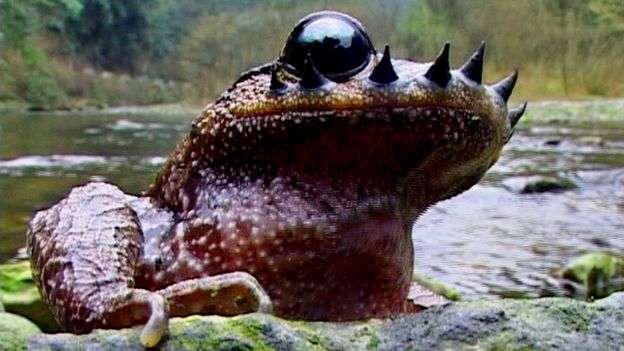
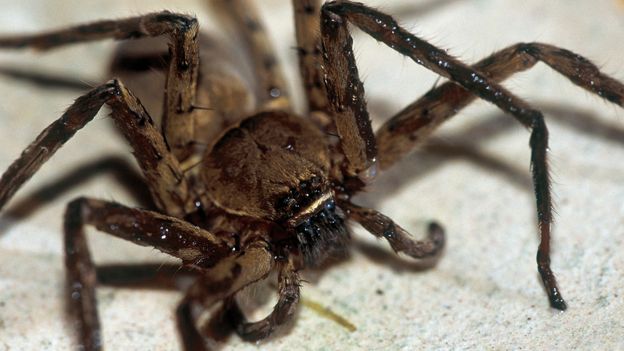
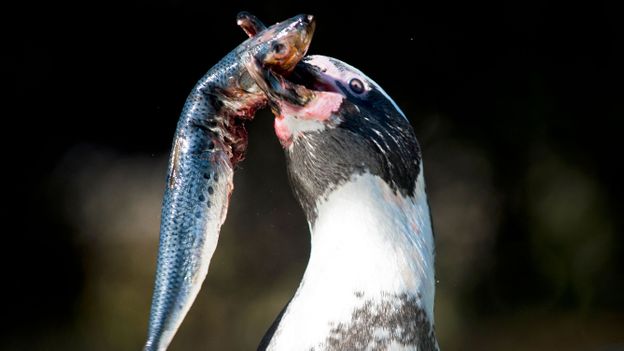
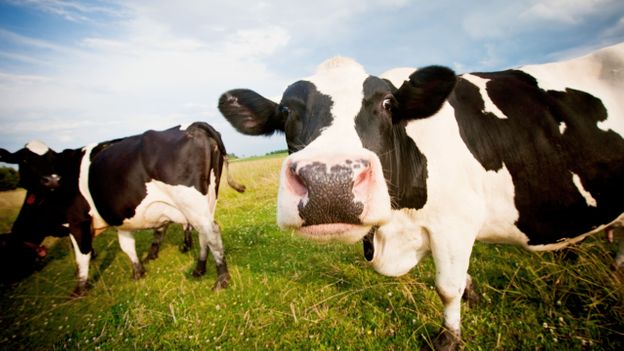
























 I have just received an email from PETA with some great news about animal testing. Here is the update from them.
I have just received an email from PETA with some great news about animal testing. Here is the update from them.



